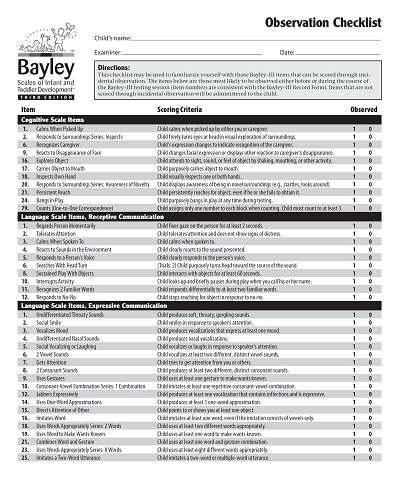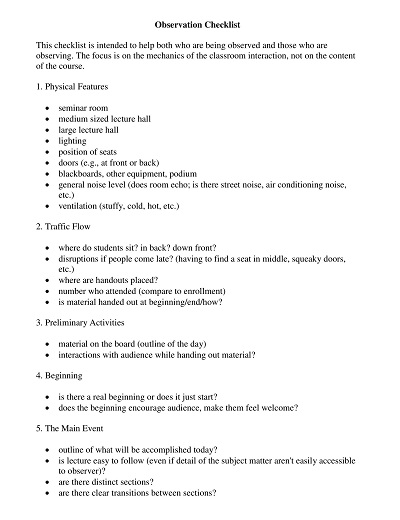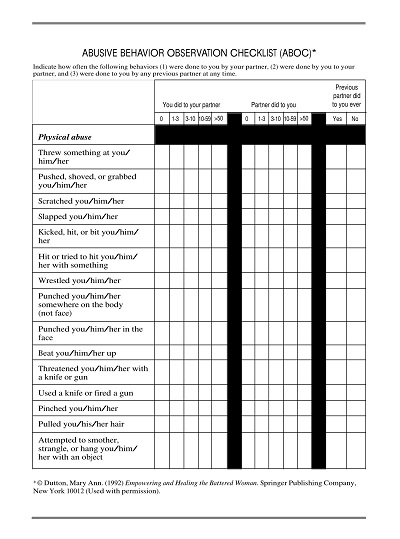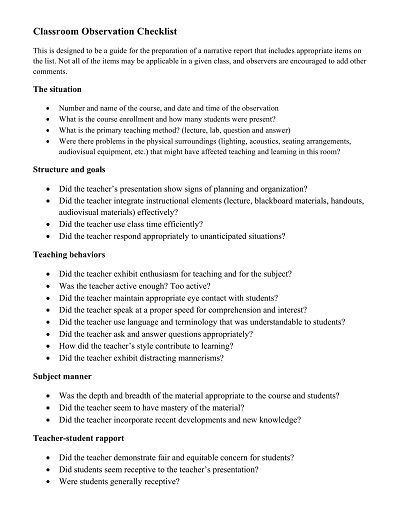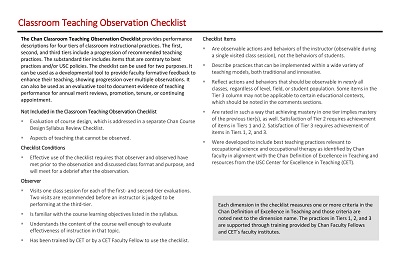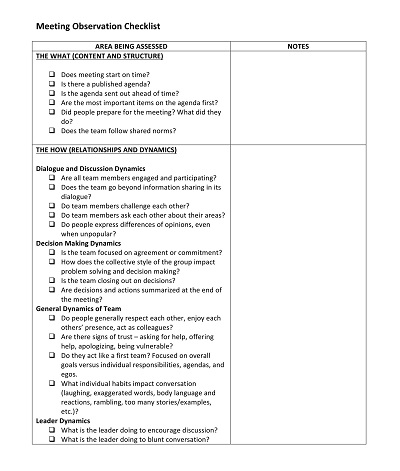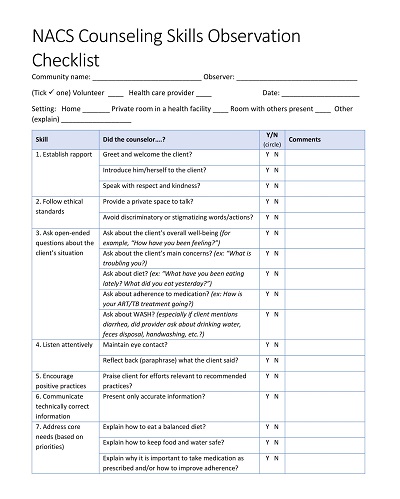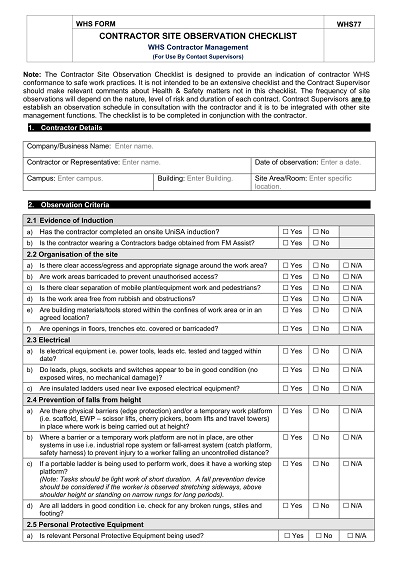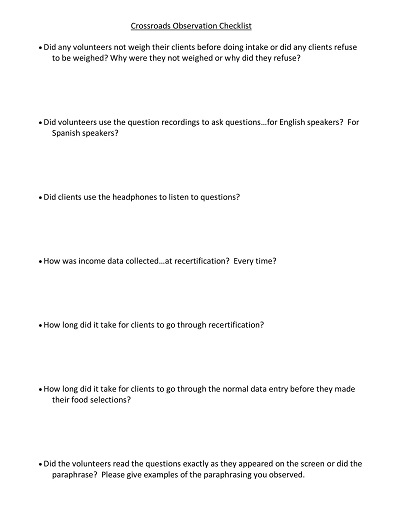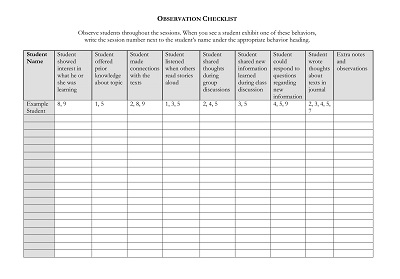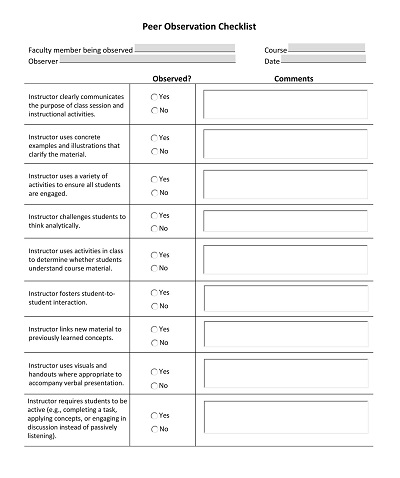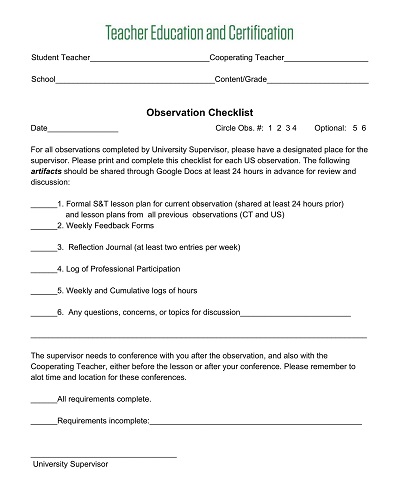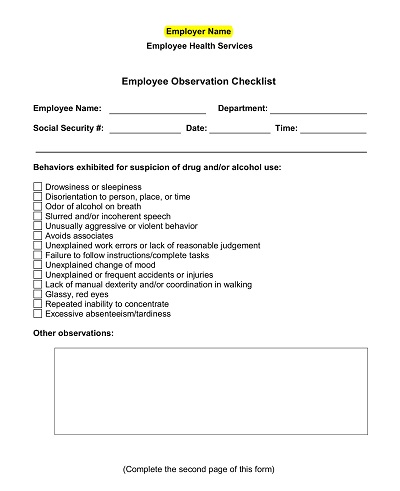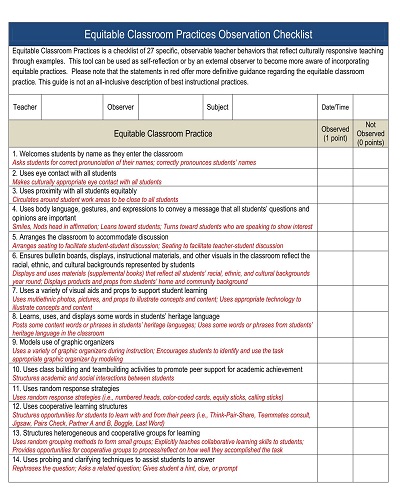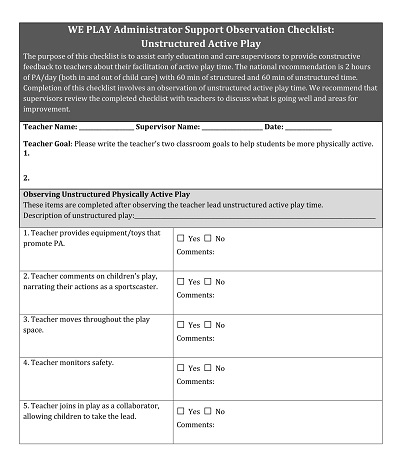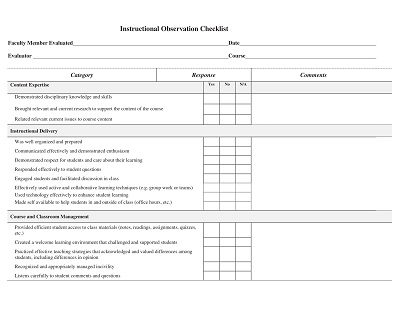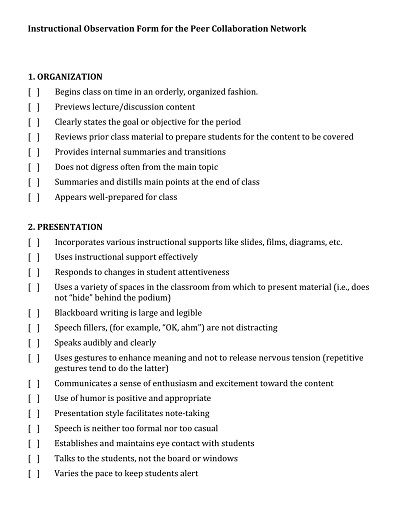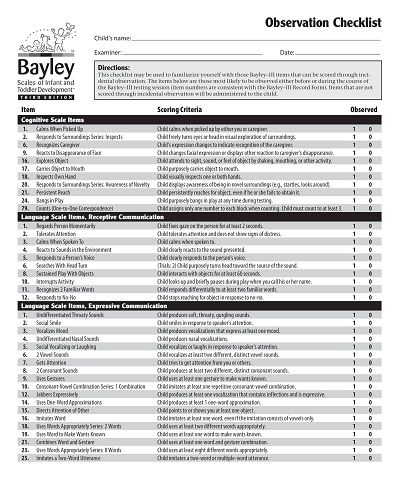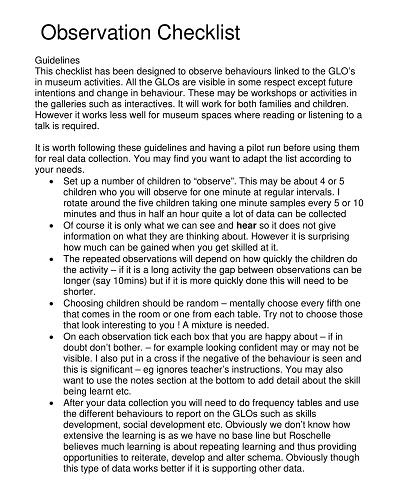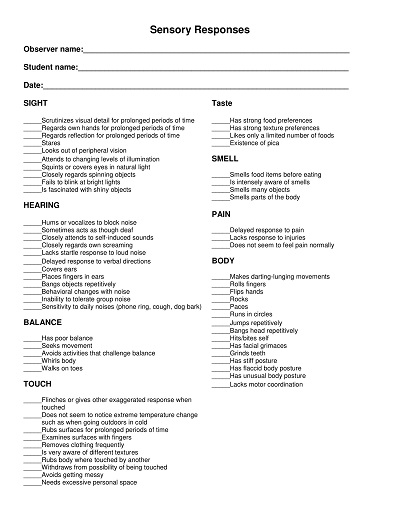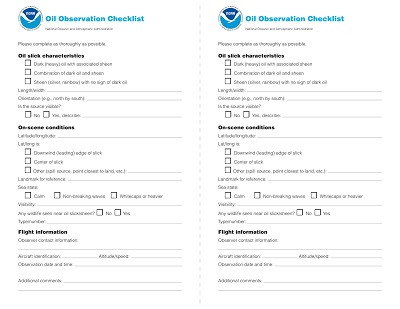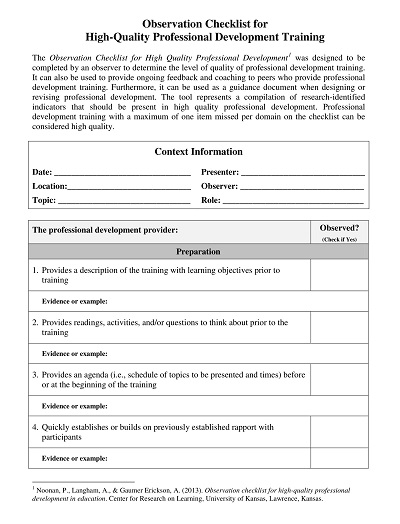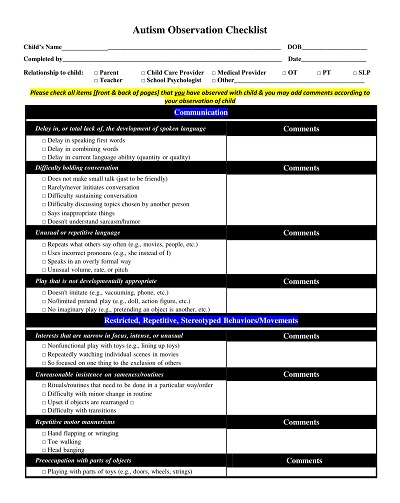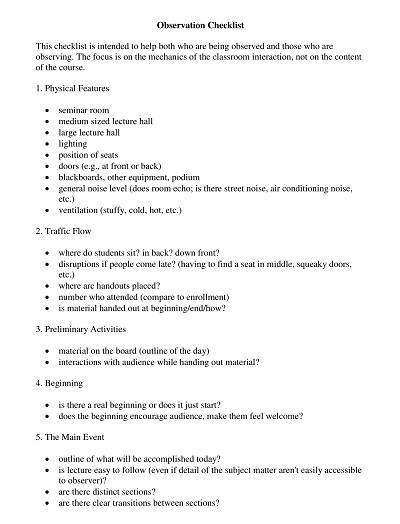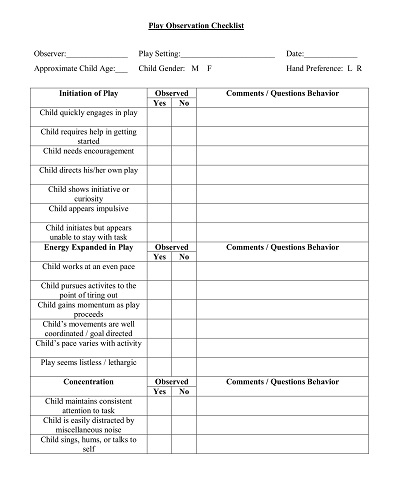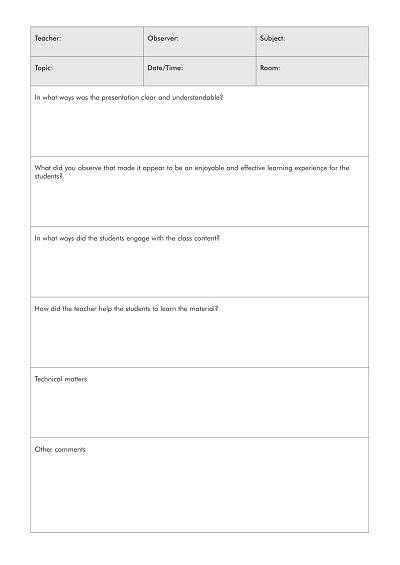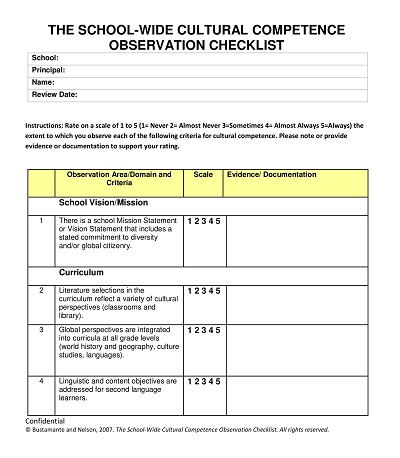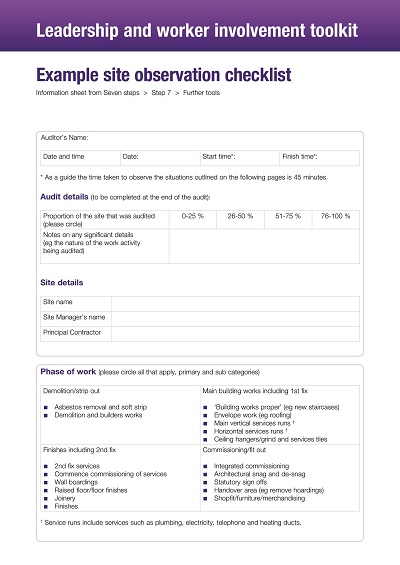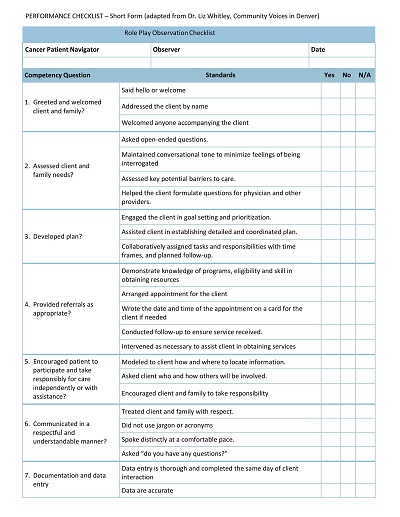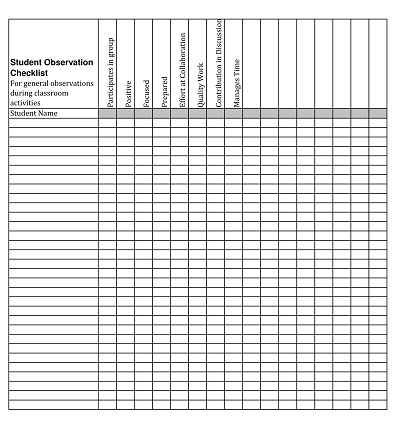50+ Free Sample Observation Checklist Templates (PDF, Doc)
An observation checklist template is like a detective’s notebook; it helps individuals focus on critical details during observations. Whether in education, healthcare, or other fields, these checklists offer a logical data collection and assessment approach.
The checklist lists a person’s specific behaviors, skills, or tasks. An observer must watch for these aspects during an activity or performance. Observers use the checklist to note whether the individual is observed based on each item on the list. The checklist helps ensure the assessment is consistent and covers all relevant criteria.
Download Free Sample Observation Checklist Templates
What is an Observation Checklist?
A Practical Observation Checklist facilitates a systematic and standardized method to test practical skills or performance in various educational or professional settings. It assesses and documents an individual’s performance or abilities in a specific context. The checklist includes a list of criteria and indicators that observers use to check the subject’s abilities.
Main Elements of Observation Sheet Template
The main constituents of the Observation sheet template are:
- Title: Summarize the observation; make it easy for anyone to understand its purpose.
- Date: Records of the day the observation occurred and ensure chronological tracking.
- Observer: The individual conducting the observation. This helps to hold someone accountable for the data collected.
- Subject/Participant: Refers to the individual or group being observed. This offers clarity on who the observation was focused on.
- Context: Provides extra information about the situation or environment in which the observation occurred.
- Observation Categories: These are the specific aspects or behaviors monitored during the observation.
- Scoring System: Outlines how the categories were rated or evaluated.
- Overall Impressions: This section contains the observer’s summary or general impression of the observation.
- Recommendations/Action Items: The observer suggests the following steps based on observations.
- Signature: The observer’s signature authenticates the document, confirming their responsibility for the content.
- Extra Notes: This section is for other information or details not captured in the different sections.
- Review Date: An additional constituent could be when the observer plans to revise the situation.
Top 10 Examples of Observation Checklist Templates
Find out some of the common examples of these templates and discover their use cases:
- Child Development Observation Checklist: Educators or child psychologists use this checklist to track and assess a child’s developmental milestones. These milestones could be cognitive, social-emotional, or physical growth.
- Teacher Observation Checklist: School administrators can watch and test teachers’ teaching methodologies, classroom management skills, and performance.
- Childcare Observation Checklist: This checklist is Used by childcare providers to track children’s behavior, interactions, and well-being within a childcare setting.
- Early Teachers Observation Checklist: Used to assess and observe trainee teachers and their professional growth by giving constructive feedback.
- Employee Performance Observation Checklist: Employers use this checklist to evaluate employee performance. It includes skills, accomplishments, and areas for improvement.
- Safety Observation Checklist: Identify potential safety hazards in the workplace and implement necessary preventative measures.
- Patient Observation Checklist: Healthcare providers use this checklist to observe and document a patient’s health status. It includes symptoms, medical history, and response to treatment.
- Child Classroom Behavior Observation Checklist: Teachers use this to track a child’s behavior in the classroom setting, noting areas of strength and those that may need further attention.
- Student Assessment Observation Checklist: Provides a structured approach for teachers to assess students’ academic progress, participation, and behavior.
- Lesson Study Observation Checklist: Education professionals use this checklist to observe and improve the effectiveness of lessons. The lesson study allows for improving teaching methods and strategies through observation, reflection, and discussion.
How Can I Make an Observation Checklist Template?
Here are the Steps to create a template:
- Identify your purpose: What are you observing? The purpose can range from employee performance and student behavior to restaurant cleanliness standards. This will guide the rest of your process.
- List the critical elements. It would help if you observed these characteristics or actions. For example, a restaurant’s cleanliness checklist could include “Floors are clean” and “No expired products in the fridge.”
- Determine the rating system: This could be a simple yes/no, a numerical score, or a more detailed scale such as “Always, Sometimes, Never.”
- Arrange your list logically: Group related elements together. This will help the observer follow the flow of the checklist, making it more user-friendly.
- Keep it concise: A good checklist is brief and straightforward. Since it’s a quick reference guide, make sure the actions or behaviors you include are essential and clear.
- Review and revise: Feel free to make changes to your checklist. As you use it, you may find that some items need to be more explicit or that you need to add vital behaviors.
How to Customize Observation Checklist Templates
Customizing a Template is easier. Here’s a step-by-step guide to customizing templates:
- Define Your Goals: Clearly define the intentions of your observation. This will help you modify the checklist to focus on what matters most for your unique situation.
- Identify Key Criteria: Determine the essential elements you want to observe. This could include specific teaching methods, student engagement, or classroom management techniques.
- Incorporate General Observations: Remember to include general observations to capture the overall atmosphere. This can provide valuable context for the specific criteria being assessed.
- Consider Ready-Made Formats: You can use ready-made formats available in checklist templates. These templates can save time and energy in creating a checklist from scratch.
- Review Competitors: Analyze existing templates offered by competitors. Identify any unique points they might be missing and incorporate those into your checklist for a more comprehensive approach.
- Continuous Improvement: Treat your observation checklist as a dynamic tool. Please review and update it regularly based on feedback and evolve it to ensure its ongoing effectiveness.
7 Benefits of Using Observation Checklist
Using a pre-designed observation sheet checklist saves you time and prevents you from starting everything from scratch. Seven benefits of using a checklist in academic and professional aspects are:
- Efficiency: It is helpful to collect information in various settings, such as classrooms or workplaces. This checklist makes data collection easy by offering systematic and organized observations.
- Guidance for Evaluation: These editable templates guide evaluations and provide a proper framework to assess performance, behaviors, or specific skills.
- Contextual Examples: Observation checklist templates often include examples that provide context for the theories and concepts being discussed. This makes them more practical and applicable to real-world scenarios.
- Skills Management and Reporting: Observation checklist apps facilitate the capture of skills data, contributing to practical skills management and reporting in development and learning contexts.
- Awareness: Checklists are practical tools for self-and peer assessment. They help learners and individuals be more aware of their progress and areas for improvement.
- Versatility: Observation sheet templates can take various forms, including frequency counts, ABC, and anecdotal notes. This versatility makes them adaptable to different observation needs.
- Applicability in Specialized Contexts: Some observation checklists are designed for specific purposes, such as the Classroom Observation Checklist for Specific Learning Disabilities. This specialization enhances their relevance in targeted educational or professional contexts.

